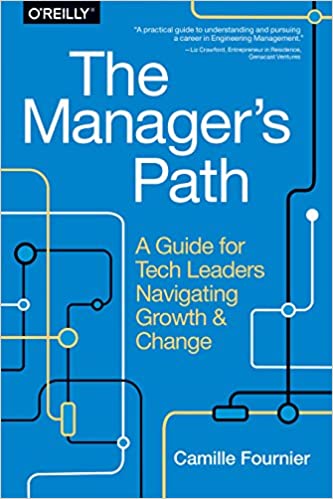A newsletter that started as a personal learning and getting-in-touch project by Ivan Krnic grew into a sociotechnical newsletter covering topics of technical excellence, organizational improvements, and productivity.
Systemic coaching in tech
No team is perfect, especially not from the start.
But we can help them get there. We were taught many techniques for 1:1 coaching. But sometimes 1:1 coaching is not viable. Maybe you have too many coachees or you just don’t want to risk going too deep. And maybe what you really want is to build a team that is self-sufficient and sustainable, as opposed to a group of high-performing individuals.
In any case, systemic coaching could be a solution for you. When applying systemic coaching, we’re coaching the whole system (the team!) instead of particular system components (team members). Since we’re working with a team, we pay extra attention to relationships between members and the overall energy of the team. The focus is not on changing the members but on fine-tuning the relationships between them to get a high-performing team. This means managing the expectations in terms of responsibilities, accountabilities, skills, and behavior.
While we all know that setting such expectations is important, we’re lousily equipped with tools to establish and manage them. ORSC (Organisation and Relationship Systems Coaching) provides such tools and it is a worthy addendum to our coaching toolbox. Listen to my conversation with Mish Middelmann, an ORSC coach.
Interview of the Month

Systemic coaching w/ Mish Middelmann
Mish Middelmann is certified leadership and systemic team coach. Mish is a part of Organisation and Relationship Systems Coaching network (better known as ORSC) and he spent a weekend with my team teaching us how to apply ORSC principles to our daily work. I stole some of his time to talk about systemic coaching in tech organizations.
And I learned a valuable lesson – never do an interview with a coach – for every question you throw at them, they will respond with two for you
Would you like your new hires to deploy to production on Day 1?
Would you like to be like Etsy?
Kustodian tackles the eternal problem of developer onboarding and environment configuration by provisioning and managing roles and permissions to digital assets in all systems that support software development lifecycle.
Kustodian enables you to hit the ground running on Day 1.
Hand picked
Architecture Topologies & Architecture as Enabling Team – How is system architecture handled in your organization? Do you have Architects or does architecture just happen? Building on the great post by Gregor Hohpe, Eduardo da Silva explores the concept of Architecture as Enabling Team.
The Ultimate Guide to Product Management Prioritization Frameworks – When building a product, it’s not ideas that we lack, it’s our understanding of the order in which to implement them… or whether to implement them at all. Here is a comprehensive list of 37 frameworks to help you prioritize features better.
Software Architecture and Design InfoQ Trends Report—April 2022 – Periodic “State of the Union” of Software Architecture and Design by Thomas Betts and Eran Stiller shows a strong need to incorporate data in the system architecture. Also – “The practice of software architecture does not belong solely to people with the job title of architect. Every engineer can actively participate in the architecture, and architects should help facilitate that process.” I can only applaud.
The Engineer/Manager pendulum – Having participated in one engineering management meetup recently where we discussed how best engineering managers split their time between engineering and management tasks, I’d like to pull out this “oldie but goldie” post by Charity Majors.
Read with us

The Manager’s Path: A Guide for Tech Leaders Navigating Growth and Change
Scaling organizations is about scaling management capabilities. But, transferring from IC to Manager track can be a daunting experience. Where do we start? What should we do?
Camille Fournier wrote a great book covering all levels of management in a typical tech organization: from leading teams to leading a group of managers. Must read.
QED 2022 conference
Is there a more important goal than future-proofing your organization? I think not!
That’s why we’ll host super relevant keynote talks at QED conference:
Heidi Helfand will talk about Dynamic Reteaming, while Matthew Skelton and Manuel Pais will share the latest of their work – insights on remote team interactions. Any much more great content from technical and organizational domains.
JOIN US in Zadar, May 22-24, details and registration are here: https://qed.croz.net




